In my Access database I have a parent table called Unit that has two fields called unitNumber and floor. In a child table called Lease I used the Lookup Wizard to create a foreign key called unitIDFK linked back to the Unit table and included the two fields unitNumber and floor from the Unit table. I need help with issues:
When I go to Datasheet View and add data to the Lease table fields, the foreign key unitIDFK has a drop down selection box (list box or combo box?) that displays two columns of data which are the unitNumber and floor fields from the Unit table. The data in both columns are selectable as one row of data, yet only the value in the unitNumber in the first column is populated into the foreign key field. How do I get the value in the floor in the second column to also populate into a field in the Lease table?
Same problem when I make the Lease table into a data entry form. I assume that fixing the first problem will also solve the problem of getting both the unitNumber and floor to display in the form.
I have spent the better part of today googling my question and watching lots of videos on creating relationships and editing properties in the Design View as well as searching through the archives here at Stack Overflow without any luck. Help please.
Thanks and RegardsUnit and Lease Tables Relationship



